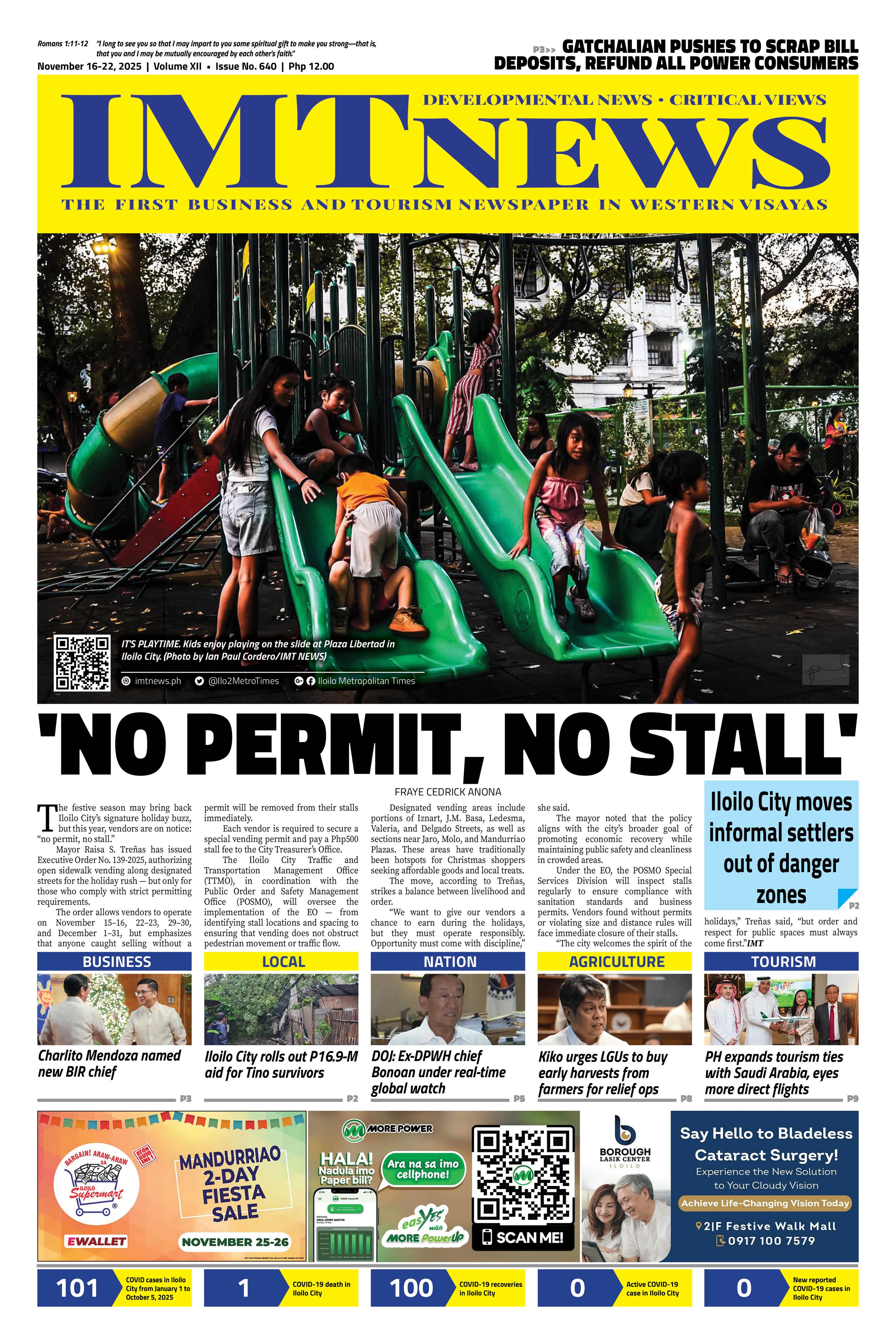
What should have been a shield against calamities is now accused of making them worse. Residents of Lambuyao in Oton, Iloilo are pointing fingers at flood mitigation projects of the Department of Public Works and Highways–Iloilo City District Engineering Office (DPWH-ICDEO), blaming them for worsening floods that forced more than 60 families to evacuate.
Barangay Kagawad Axel Haro said the Batiano River’s shallow condition has been aggravated by a DPWH structure that slowed the water’s flow.
“Manabaw na gani ang Batiano River, ginbutangan pa proyekto nga nagapalawig sang tubig. Indi na ya dali makaguwa,” he said, recalling how three sitios stayed underwater for nearly three days.
Punong Barangay Paul Buenafe of San Antonio echoed this, saying that the project delayed drainage and prolonged the suffering of residents.
The flood woes come at a time when City Mayor Raisa Treñas flagged several multimillion-peso projects that appear idle despite massive allocations.
One flood mitigation structure in Alalasan, Lapuz—budgeted at ₱50 million under the 2025 General Appropriations Act (GAA)—was supposed to be completed by August 31, 2025.
With a target of 84.84 percent, the project remains stuck at just 0.30 percent and has been suspended since May 28, 2025 for “pending completion of related sections.”
Equally troubling is a ₱150-million flood mitigation structure and promenade along the Batiano River in Molo, scheduled for completion in December 2025.
Records showed that only 0.09 percent accomplishment out of a 21.54 percent target, with work also suspended due to the “presence of informal settlers.”
A third ₱100-million flood control structure along the Batiano River Section 2 has suffered the same fate.
Slated to run from June 2025 to February 2026, the project has barely moved forward, with only 0.16 percent actual progress against a 0.28 percent target, leaving it on hold.
An insider familiar with the projects, who requested anonymity, questioned DPWH’s process.
“Before a Notice to Proceed is issued, the right of way should already be secured and the site cleared. Otherwise, delays in implementation become inevitable,” the source said.
While DPWH points to more successful works in Calajunan, Mandurriao—where one project reportedly posted over 70 percent completion ahead of schedule—residents say vulnerable communities remain neglected or worse, are suffering because of flawed project execution.
Fueling public suspicion are reports of fresh bamboo scaffolding, newly installed billboards, and even covered-up project details such as costs and target dates. For many Ilonggos, these are red flags of “ghost projects” that exist more on paper than on the ground.
The irony deepened on September 23, 2025, when heavy rains from the Southwest Monsoon, intensified by Super Typhoon Nando, submerged 11 barangays across Iloilo City.
Waist-deep floods engulfed Mohon, Arevalo, and other districts, exposing the bitter truth: billions of pesos in flood control funds may be sinking faster than the city itself.
As residents clean up the mud, unanswered questions linger: Where did the money go? Why were projects launched on unprepared sites? And most urgent of all—are Ilonggos safer today, or have these “flood control” structures quietly turned into flood creators?IMT






